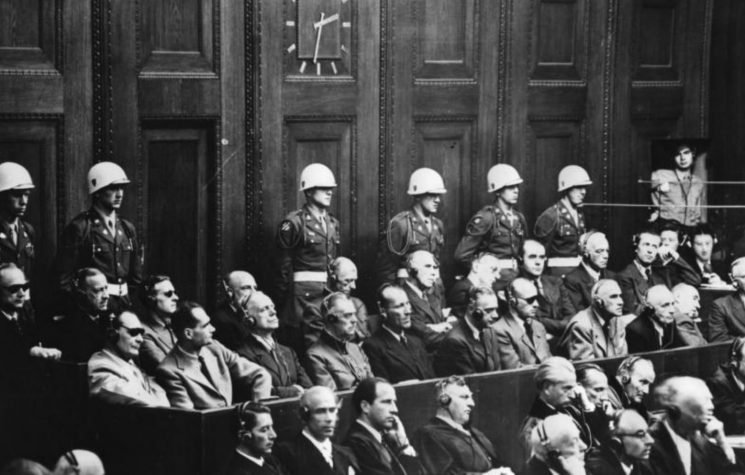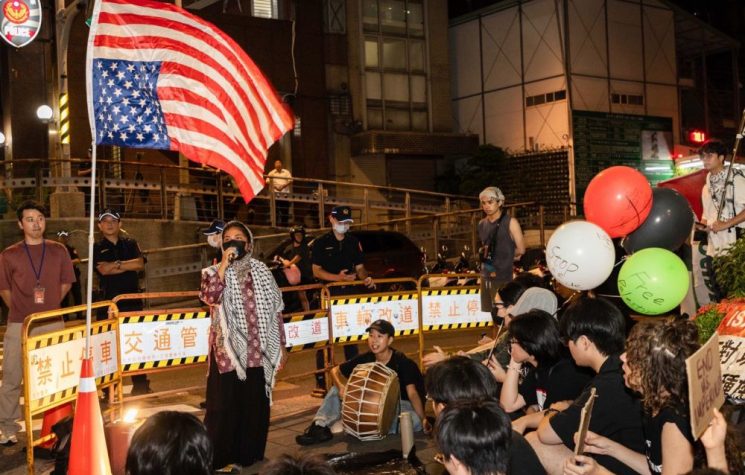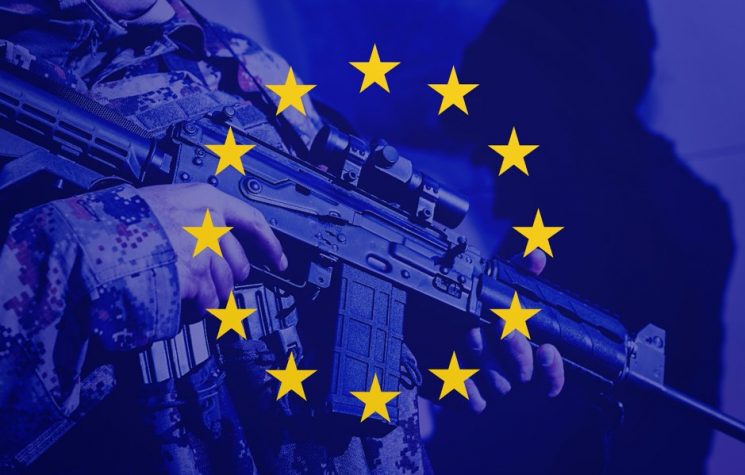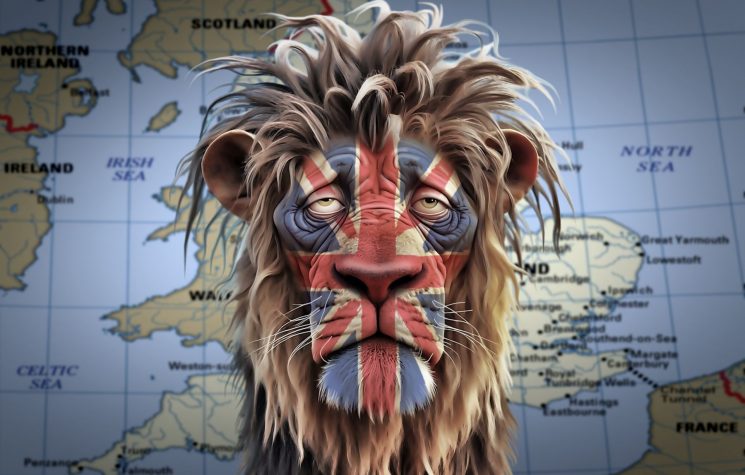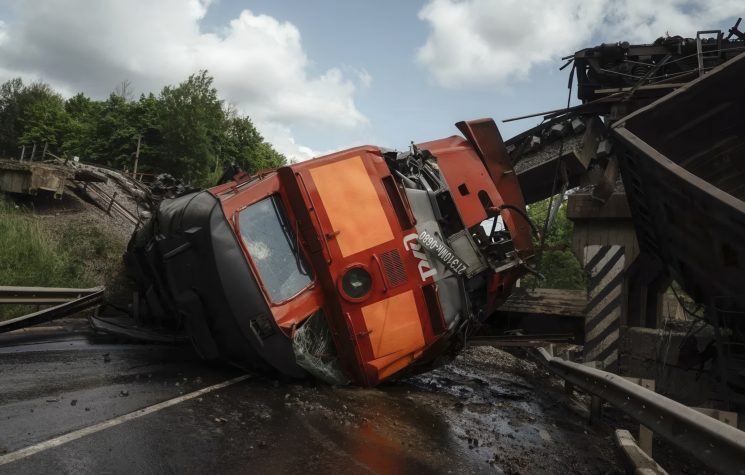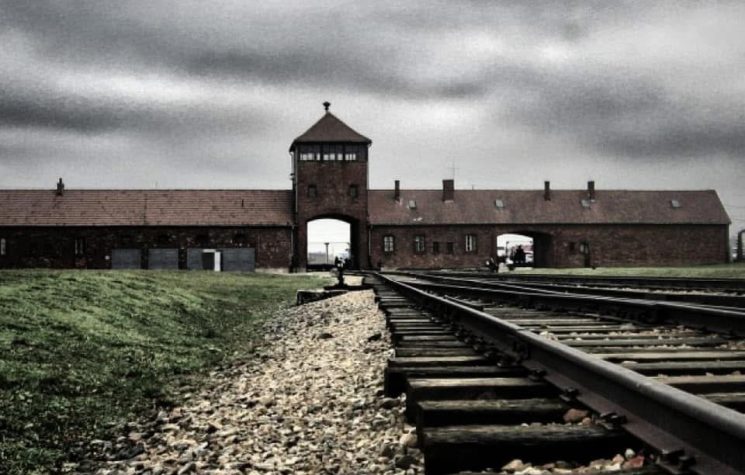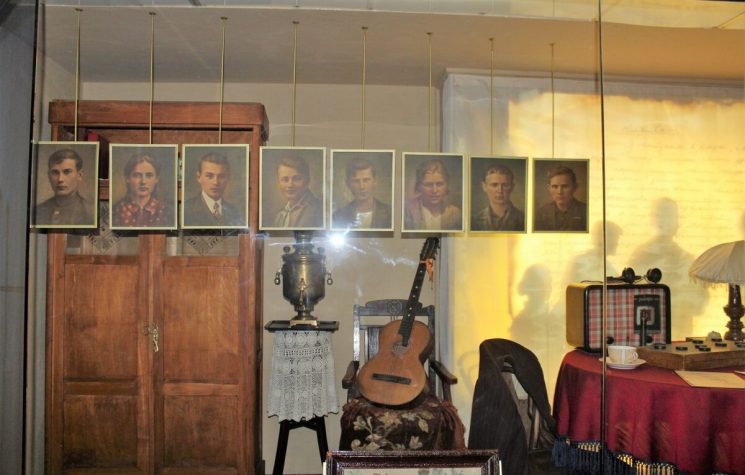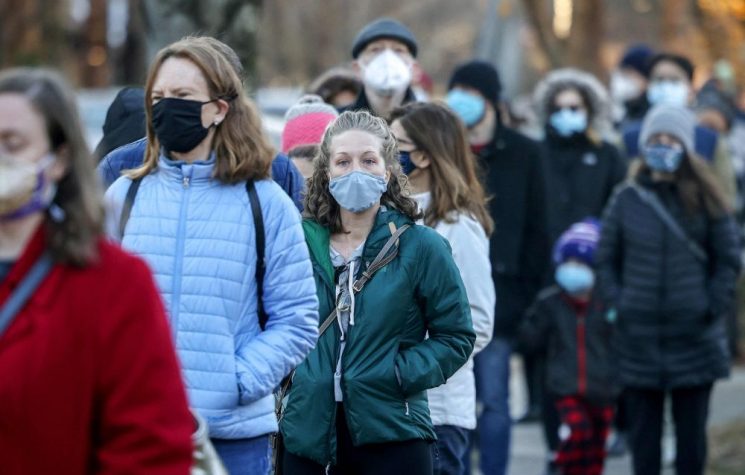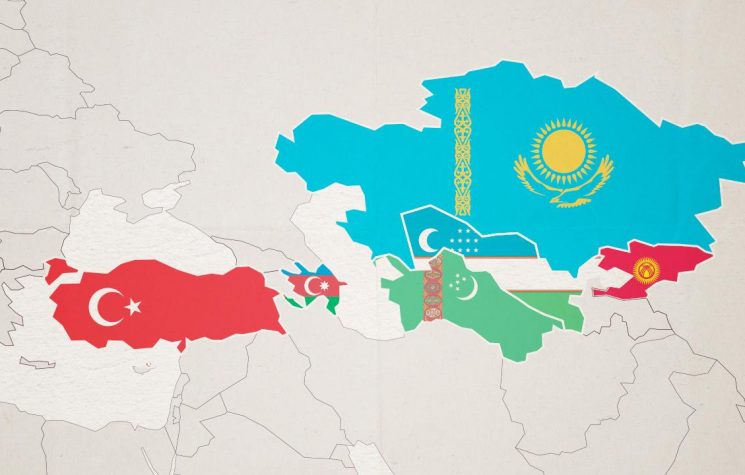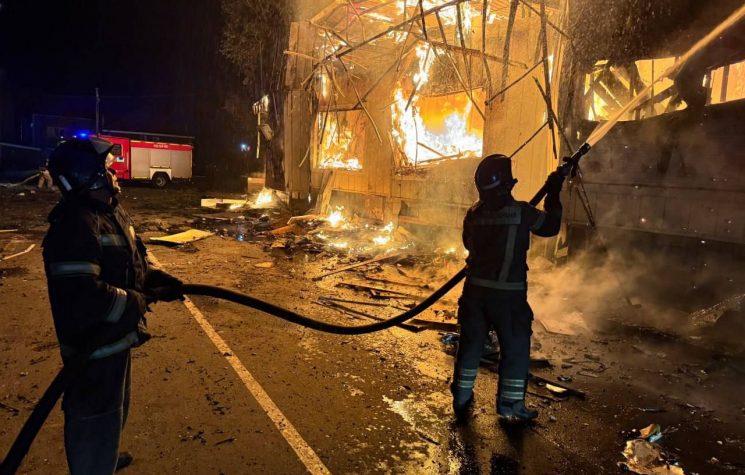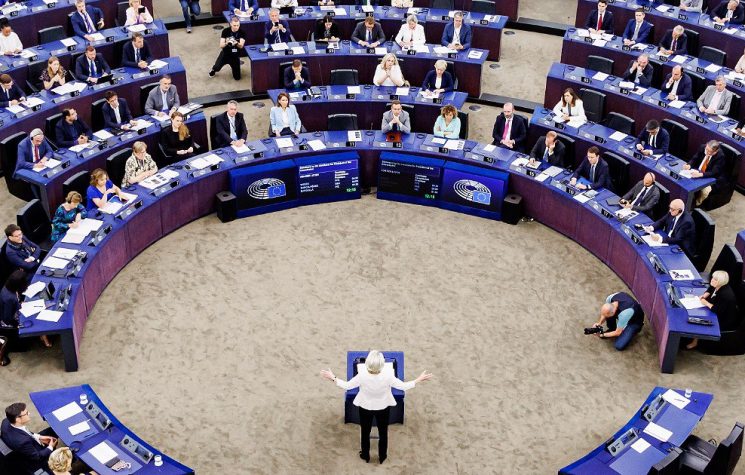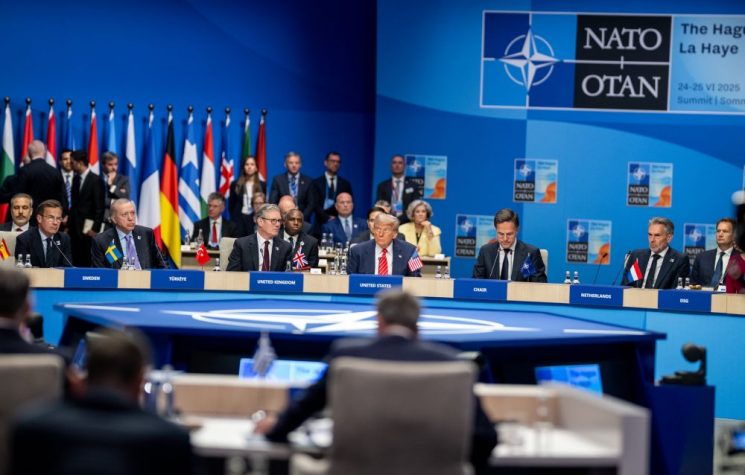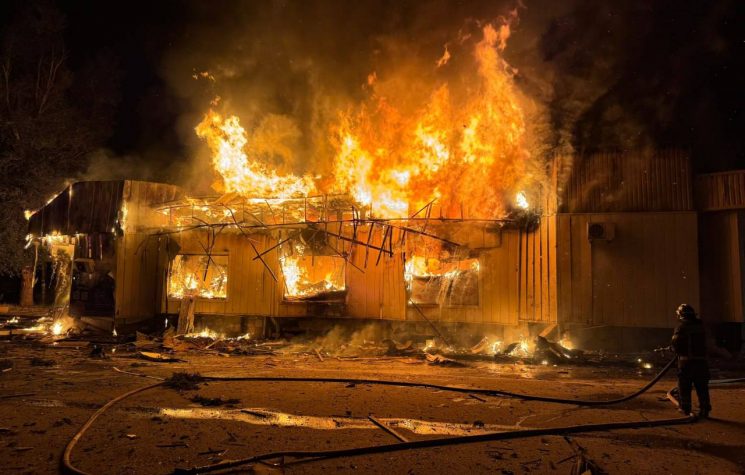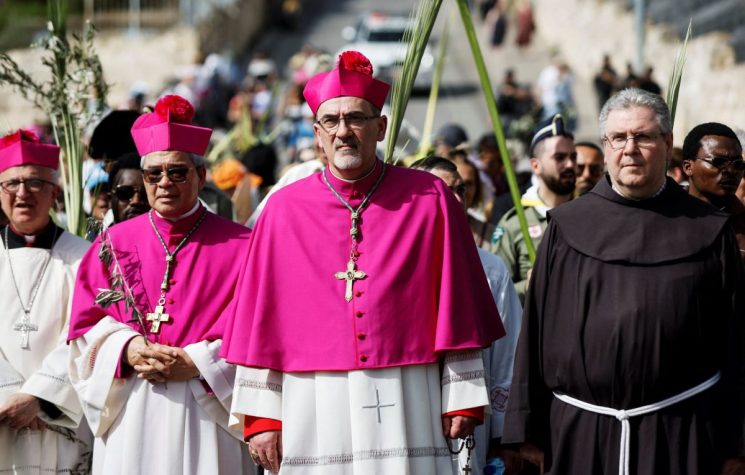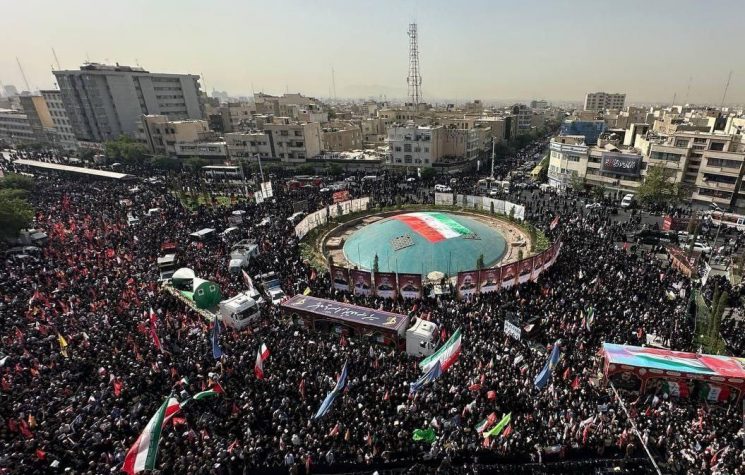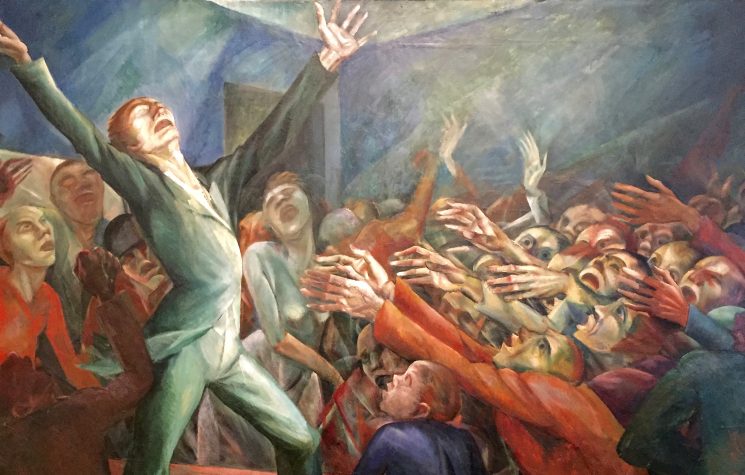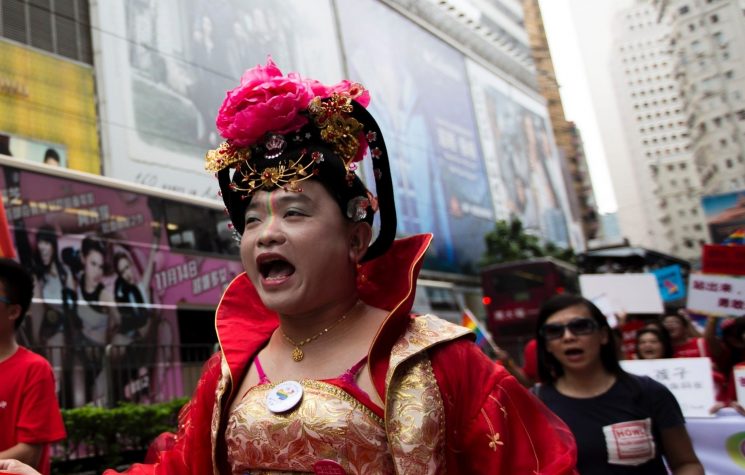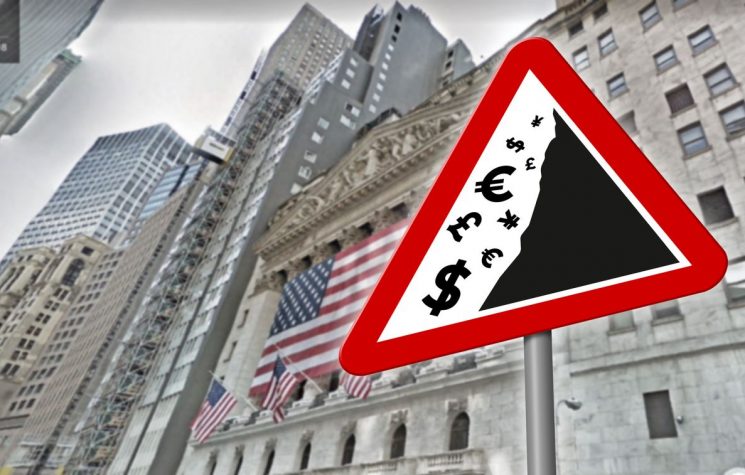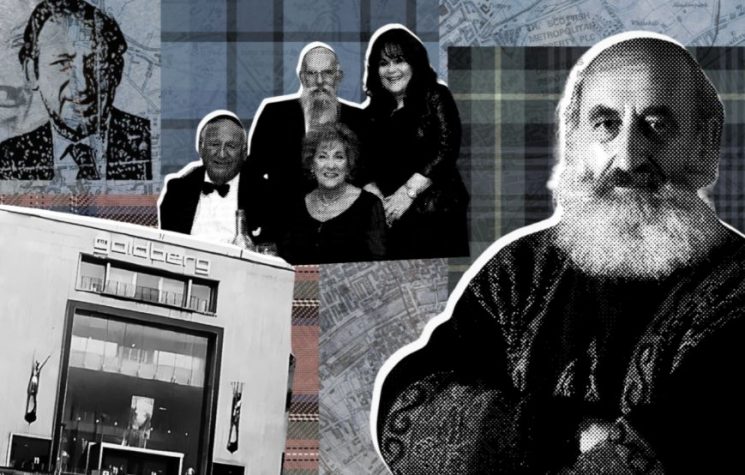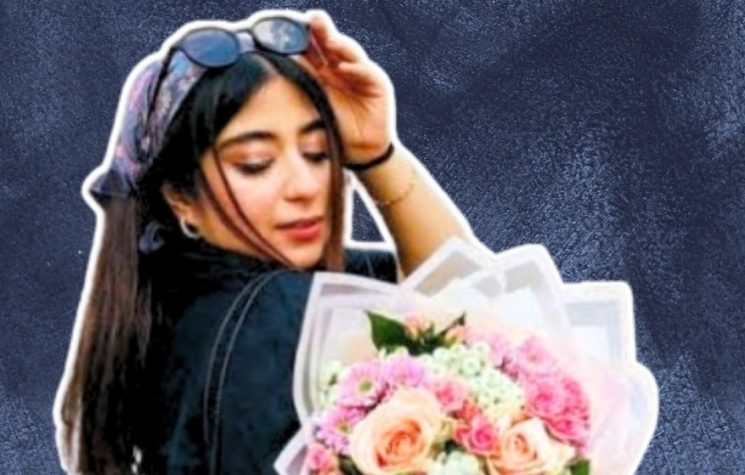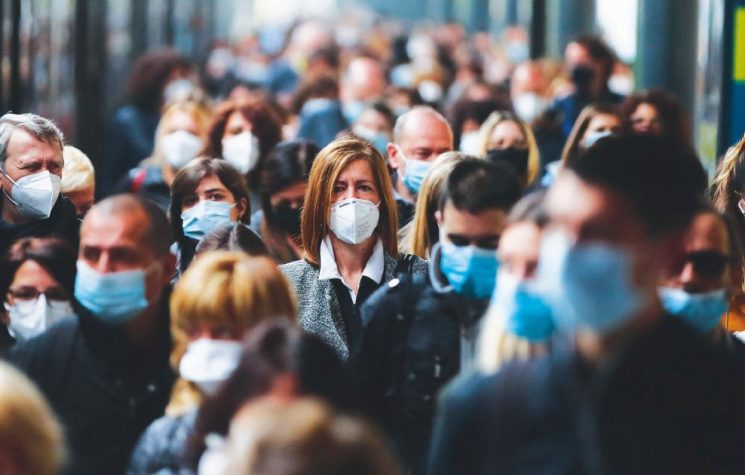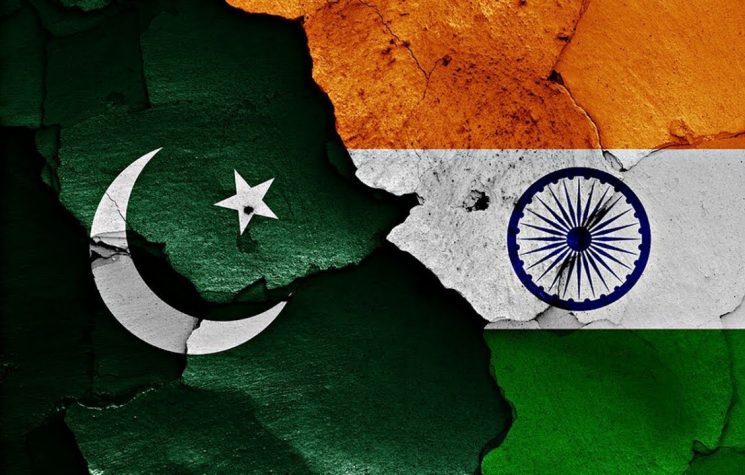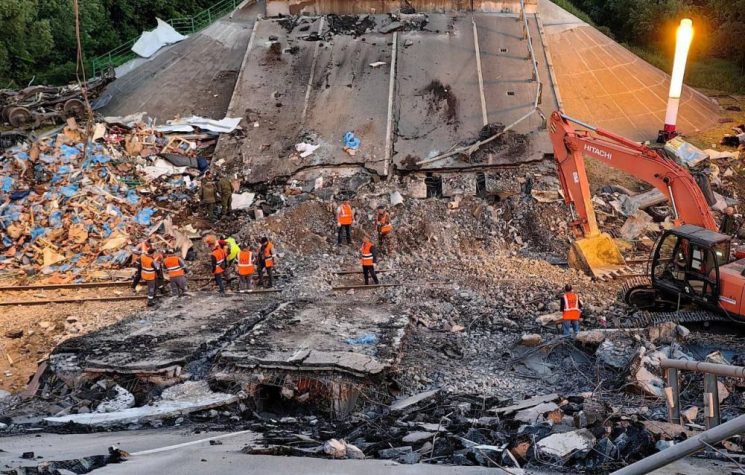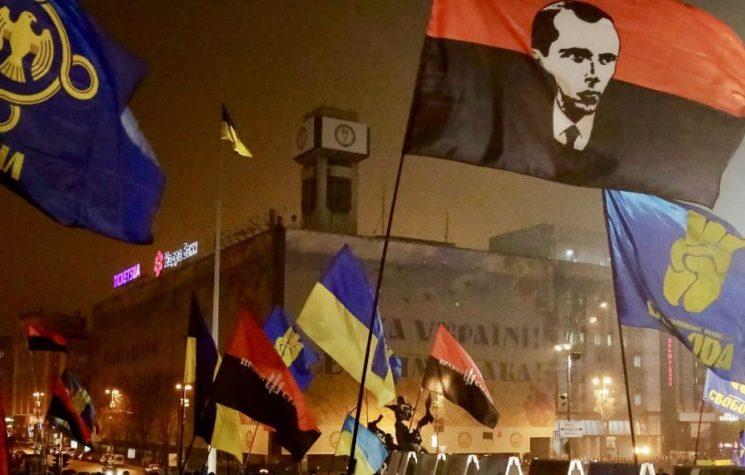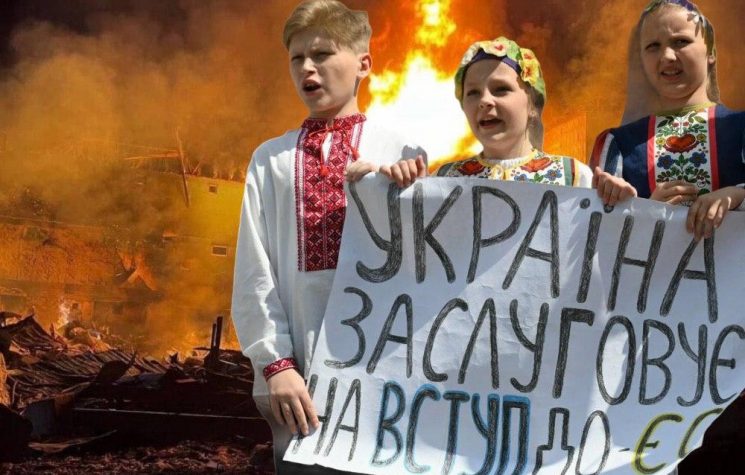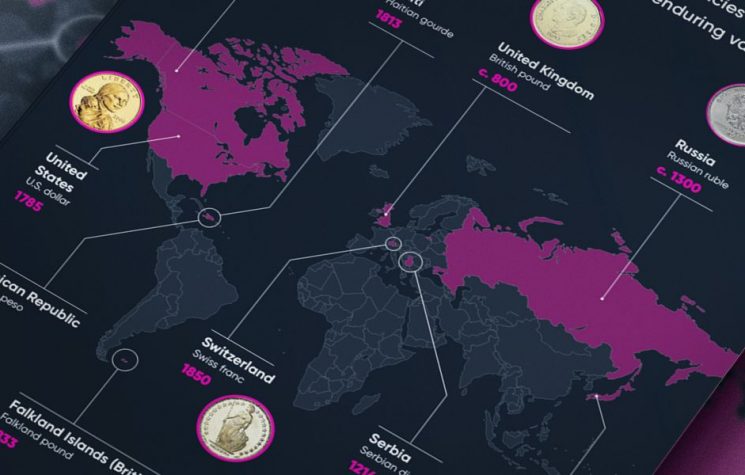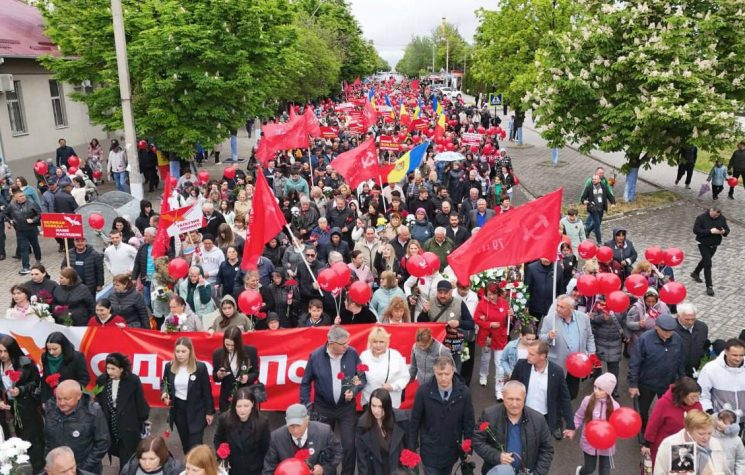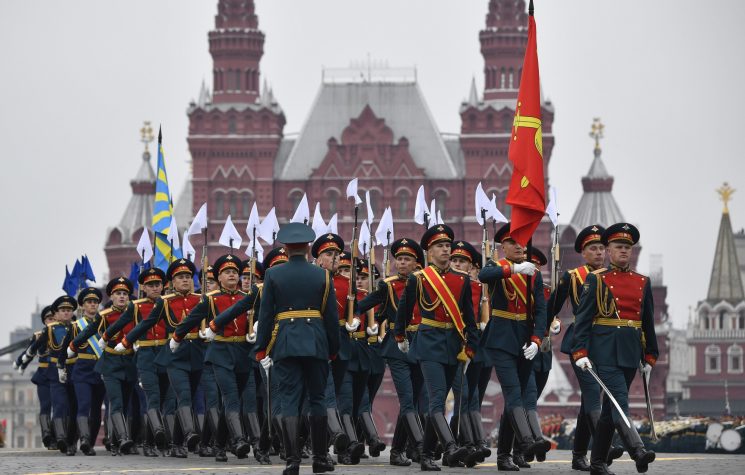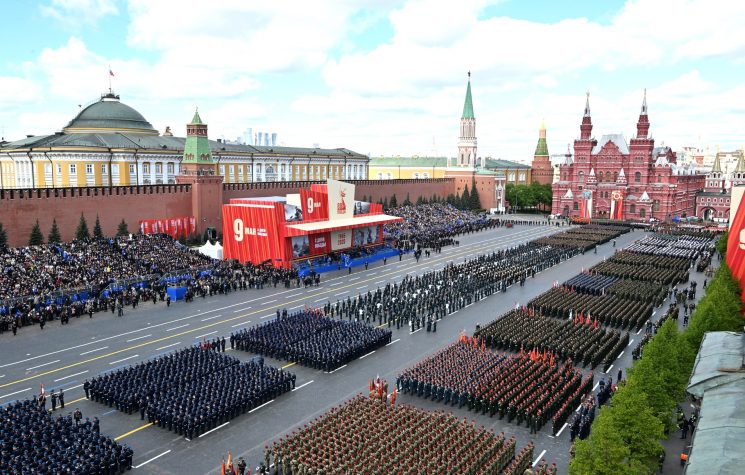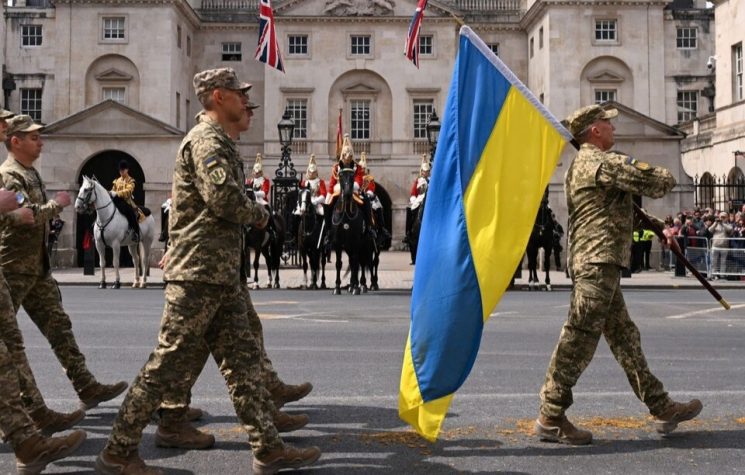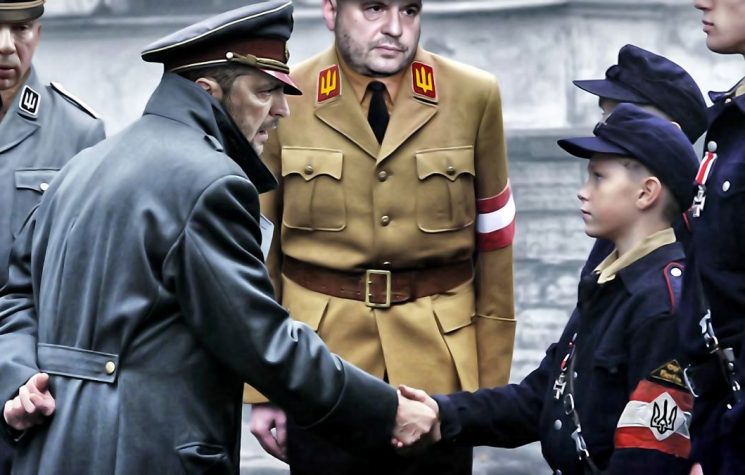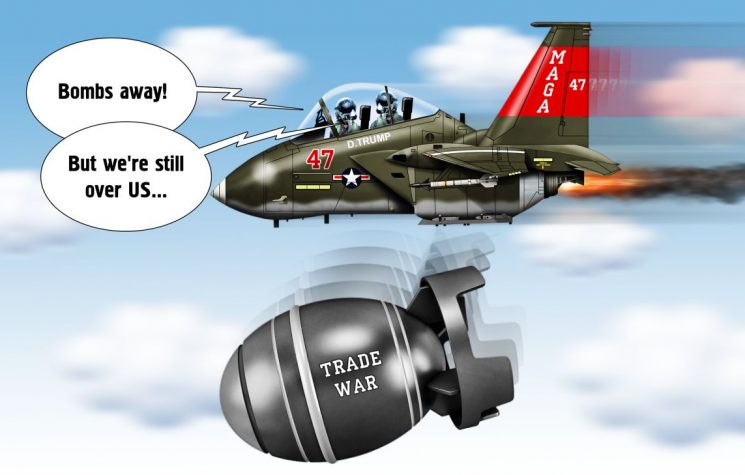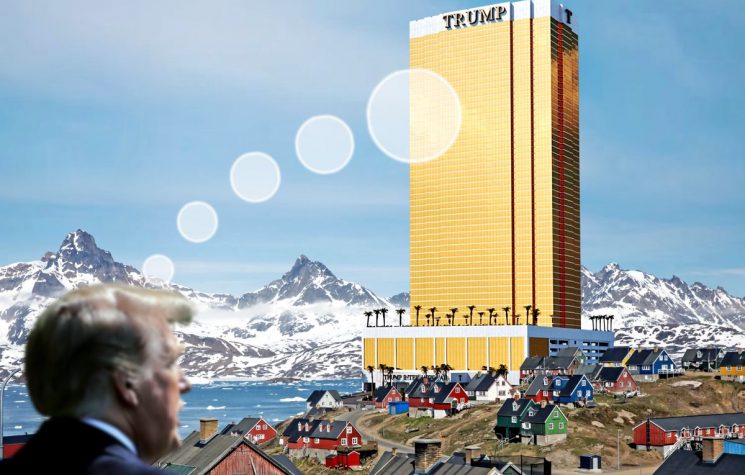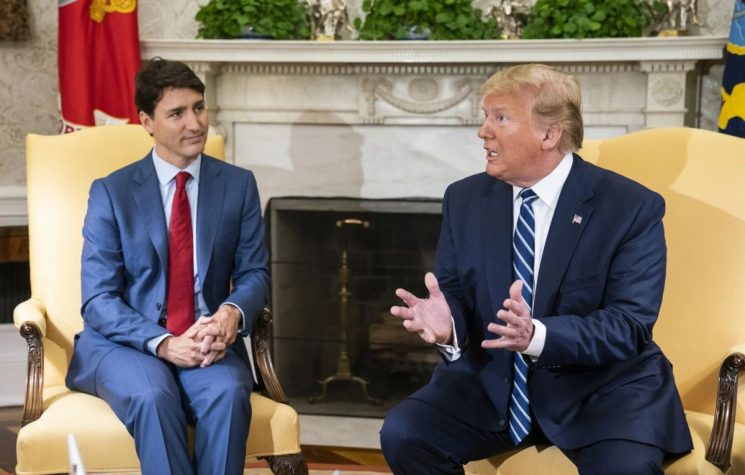Britain is precisely the place where SS Galicia members first emigrated to in 1948, writes Sonja van den Ende.
❗️Join us on Telegram![]() , Twitter
, Twitter![]() , and VK
, and VK![]() .
.
Contact us: info@strategic-culture.su
We all remember the standing ovation in the Canadian parliament for Yaroslav Hunka, a 98-year-old Ukrainian-Canadian World War II veteran of the 14th Waffen Grenadier Division of the SS. In Ukraine, which the Germans invaded during Operation Barbarossa, they found many Ukrainians sympathetic to the German Empire and/or Nazi ideology. They were hostile to Soviet communism and wanted an independent Ukraine. So many Ukrainians decided to join what later became known as the most brutal killing squad in World War II.
After the Second World War, many of these SS battalion members were interned in what was then called Camp Rimini in Italy by the British. In 1948, the British allowed approximately 8,500 internees to emigrate to the UK, after which many of them emigrated further to Canada. They built a life there, but the most striking thing is that they simply expressed their nationalistic feelings in their cemeteries and statues, which clearly have SS signs and refer to their Nazi battalion. The Canadian parliament apologized for their mistake, but the Nazi problem of the SS Galicia was known much earlier: the National Post wrote a whole article about it in 2017.
While the Western media focused on the Nazi problem in Canada, the United Kingdom remained out of the picture. But this is precisely the place where these SS Galicia members first emigrated to in 1948. In the UK there are many monuments that these SS Galicia members built with permission from municipalities and the government. British historian Mark Felton shows in his video many of this monument with the SS Galicia lion and other Nazi signs.
There are even shields on a church in Derby that commemorate the founding of this gruesome battalion, who killed many people and was largely responsible for the Holocaust in Ukraine and Poland. Members even served as camp supervisors in the concentration camps. But the most bizarre and grisly building that reminds us of this infamous battalion is the chapel that was built in Lockerbie, Scotland with permission from the municipality and government.
Now that we know the background of how many SS Galicia battalion members went to the UK and Canada, without having to be persecuted for their war crimes, history takes another bizarre turn.
Lockerbie is the place where these Ukrainian criminals were housed in a POW camp in 1947. But Lockerbie is of course also the place where Pan-Am flight 103 crashed or as the West argues shot down-blown-up by Libya in 1988, for which the Libyans have been blamed to this day. Of course, these two events have nothing to do with each other.
Of course, these two events have nothing to do with each other. But Lockerbie has another secret. In May 2022, when Russia’s Special Military Operation in the Donbass had already begun, the South Scottish Enterprise, part of the British government, gave Lockerbie 52,777 British Pounds for the Ukrainian community to restore the chapel.
Returning to Canada, where the revelations in September 2023 caused an outcry of horror in the Western media, without the same media investigating this further, an obituary, easily to be found on the internet, of a certain Dr. Peter Smylski who originated from a place called Halychyna in Ukraine and died in Canada reads the following:
Being a man with a passion for his fellow Ukrainians, Dr Smylski was very interested in the fate of Ukrainian servicemen and civilians displaced by the war. Along with Bohdan Panchuk, Ann Crapleve, and Steven Davidovich, he took a stance against the forced repatriation of political refugees. Dr Smylski helped draft, print and distribute a pamphlet to the United Nations pleading the DPs’ case [the SS members from Rimini camp]. This cause caught the attention of Eleanor Roosevelt, US delegate to the United Nations, and she urged the Yalta Agreement be reviewed.
This Dr. Smylski gained the support of the British who were running the Rimini camp, and after several months these so-called Prisoners of War (POW) were allowed to go to the UK as free citizens. Most of them moved to Canada as we know by now. But it also is not known that this deceased Dr. Smylski and fellow Ukrainians from Canada and the UK continued to push to allow all Ukrainians interned in DP camps across Germany to emigrate to several countries in the West, and many did again to the UK and Canada.
You don’t have to look far for evidence, books by high Nazi officials are still for sale on Amazon which describe, from the perspective of the times of World War two and in the eyes of the Nazi regime, how good the Ukrainians were on the battlefield. One most famous book is from Wolf-Dietrich Heike, a high-ranking German officer he wrote in part of his book the following:
22,000 Men of the Ukrainian National Army surrendered to the Allied troops in spring 1945 in Austria. The Militärgeschichtliche Forschungsamt (military investigation center) at Potsdam / Germany The Division had 22,000 men at the end of the war. It is for sure that 7,100 men of the Ukrainian National Army came to the DP-camp Rimini under British control. In 1960 the National Archives in London offered any surviving personnel records to the German Federal Government. All transferred records were relocated to the Deutsche Dienststelle (WASt) in Berlin.
A (short) summary of the book called ” The Ukrainian Division Galicia 1943-45: A Memoir” the book he wrote about the SS Galicia battalion, not about the Holocaust but the fighting that took place against the Allies, like the UK and Canada as well.
Heike was the Division’s Chief of Staff from January 1944 until its ultimate surrender in May 1945, according to the summary from Amazon:
“The author was in an exceptionally favourable position to observe how a large group of Ukrainians reacted to the impending and politically complex crisis on the Eastern Front. The author describes the Division as it was formed in May 1943 and first saw action in July 1944 at Brody, where the major portion of its troops were killed or captured by Soviet forces. In October the division was sent to Slovakia and was stationed there until January 1945. At the war’s end the Division retreated farther into Austria, to surrender to the British Army”.
When the Ukrainians arrived at Camp Rimini they (probably) did not say that they were actually members of the SS Galicia but called themselves fighters of the 1st Ukrainian Division of the Ukrainian National Army, a cover-up that is still used in the media and politics. But nowadays we see the same thing happening. We still see the same SS insignia on their military outfit of the Ukrainian army and their incorporated militias such as the Azov and Aidar battalions, but also in the army itself, we see the flags during their marches in Kiev. These were already clearly visible in the so-called Maidan revolution in Kiev, 2014, which was a coup d’état from the U.S. and EU. But it became even more visible during Russia’s Special Military Operation that started on February 24, 2022. I myself saw it in Mariupol.
Europe was occupied by Nazi Germany and the Ukrainian SS Galica battalion was hated and considered to be the enemy. The Western allies in World War II who liberated Europe from this horror also included the U.S., UK, Canada and of course now the “hated Russians’”. Isn’t it strange and a slap in the face to the still living victims of the Holocaust or persecuted victims and the soldiers who died to defeat these Nazi criminals? Who now, if they are still alive, live side by side with the people who fought them in Canada, the UK and most likely many other places in Europe or the U.S.!










